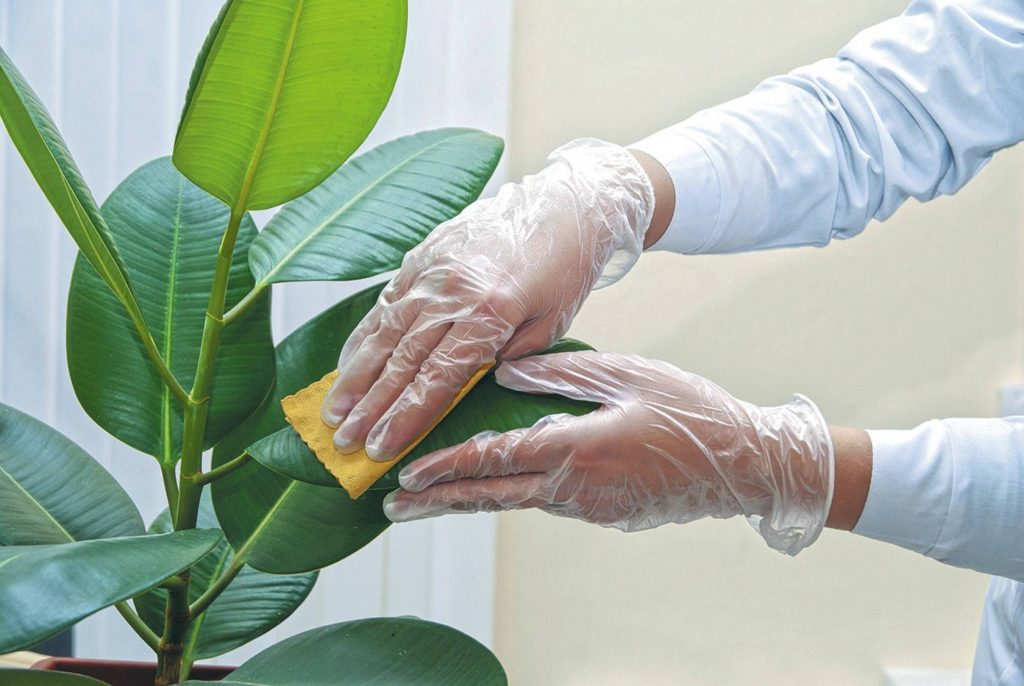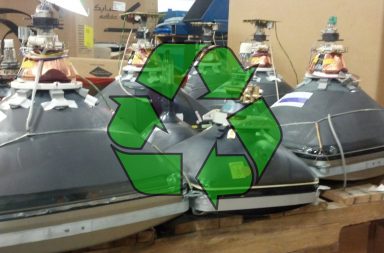Why it’s important to clean these hidden areas.
It’s happened to every single one of us. We drop something and it ends up behind the bookcase or under the bed and when we peak into these obscured areas we are shocked and grossed out by the clumps or dirt, dust and hair that have accumulated. Sometimes a breeze is happening simultaneously and you’re tricked into thinking you’ve seen a mouse dart past. Then, you bang your head in a clumsy reflex response to the nonexistent threat. There are no mice, but they may not be too far from reality, grime buildup like you have there certainly attracts insects and rodents.
But you can prevent such an unhygienic tragedy. Simply tend to the neglected spaces every couple of weekends at least. They are:
Beneath the Furniture
You will most certainly find dust balls hanging around down there but be certain to check to see what’s attached to the underside of the furniture itself. Give your vacuum a workout removing these soft offenders. Lock on the long attachment that lets you reach deep beneath and rid the area entirely of the dust bunny army. Check bed frames, table braces, the floor beneath and any other potential hangouts for other unwanted substances like spider webs and eggs, and suck them into their new vacuum bag home.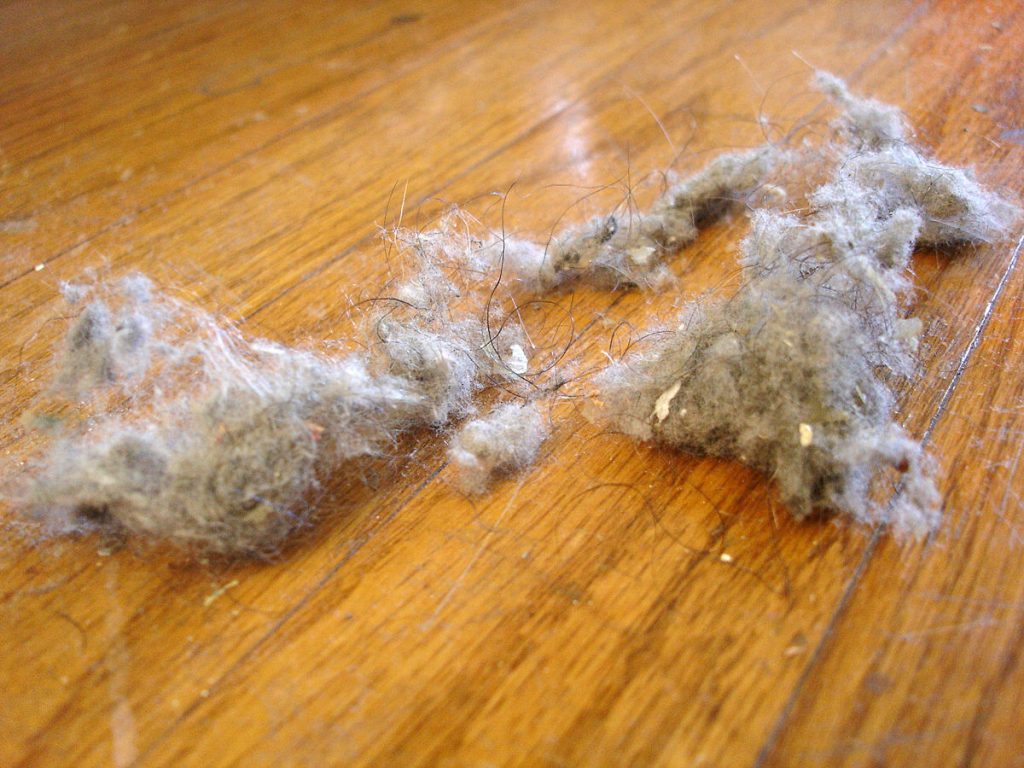
Baseboards
It’s no wonder we don’t see the dust and grime starting to stick to the baseboards of our home; we just walk past them, most often looking ahead. In fact, if you were to open all of your curtains and blinds in the broad daylight you may be shocked by just how compromised by gathered dust the baseboard has become. The offending matter even sticks to textured wallpaper.
Using a duster to remove particles, begin at the top of each wall and work your way downward. Wipe down door knobs and light switches. For a final touch, wipe down the baseboards, too (after you’ve dusted them). Use a damp cloth so any remaining dust clings to it and is successfully removed.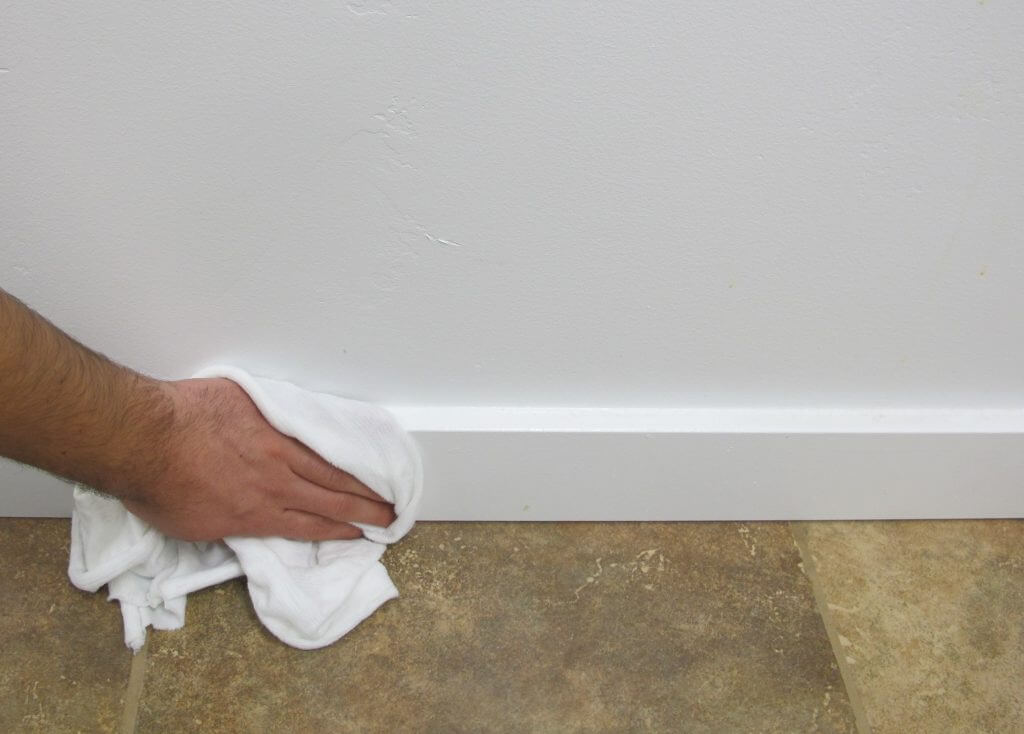
The Ledges
Whether it’s your cabinets, door or picture frames they all have something in common – ledges. And you can get bet the top ledges of each are very susceptible to getting very dusty. It’s an easy fix though, just go over it with a feather duster once a week, and wipe the top ledges down occasionally. Meanwhile, dust your light fixtures and ceiling fans using a duster that can extend out long enough to reach high places easily.
The Ductwork
If you are fortunate enough to enjoy central heating or cooling in your home, then you know that the rooms are connected by ductwork from which the air is circulated. Large filters are used to trap the dust and pollen and prevent it from being blown back into the home. There are a variety of filter types, from high end to cheap ones made of mesh. Regardless of the type, you use they all need to be cleaned or changed eventually. Otherwise they will clog up and be ineffective. When working on them, clean the vent grates as well. It’s not only healthier but your temperature control will be more consistently effective.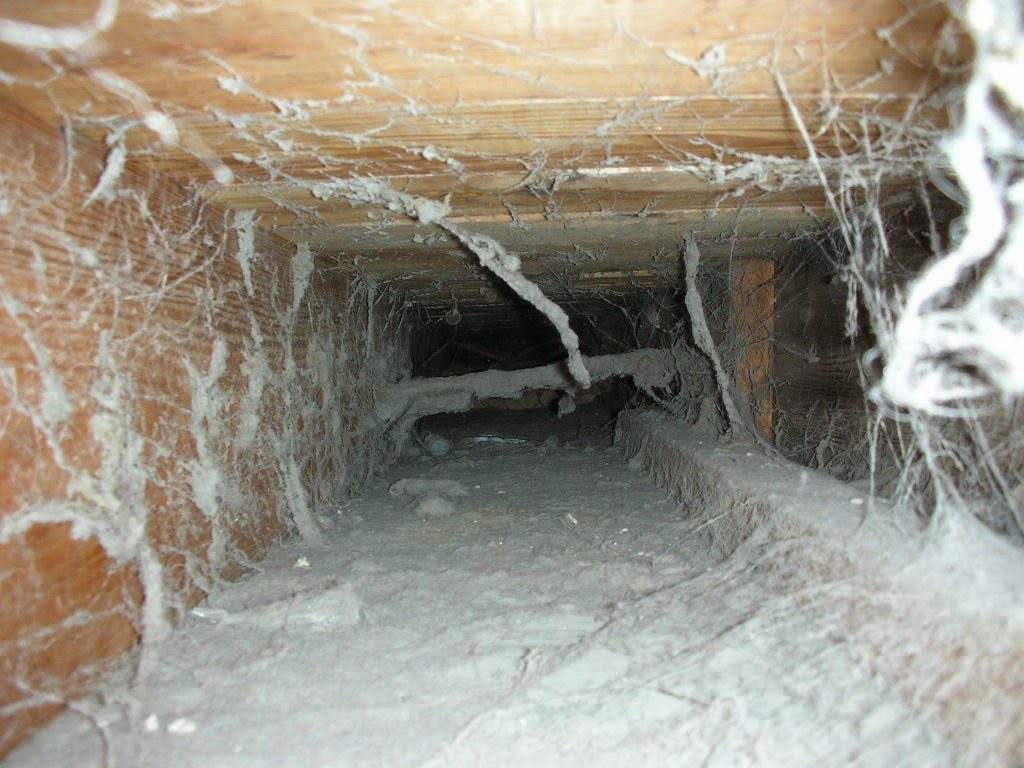
Tools of the Trade
Just as cleaning tools are used to clean your home, so too must they be cleaned in turn. Failure to do so will result in simply recirculating the dirt. For instance, if you have an overstuffed vacuum bag, the dust is going to be blown back out, and that obviously defeats the entire purpose of cleaning. Check if there is a filter in need of changing. Clean the brush attachments as well as other tools you use like brooms or scrubbers. Mop heads, sponges and brushes should all be washed with hot water and disinfectant. Throw away ones that are worn out.
Clean the Green
Even our green friends, plants, can accumulate a lot of dust. When fake plants made of silk or plastic will attract and hold dust. Smaller plants can be rinsed off easily. Bigger ones need a little more attention via a wipedown with a damp cloth (you may also use a microfiber duster for good results). Imitation silk plants can be dusted, too (you may even use a hairdryer for an effective job).